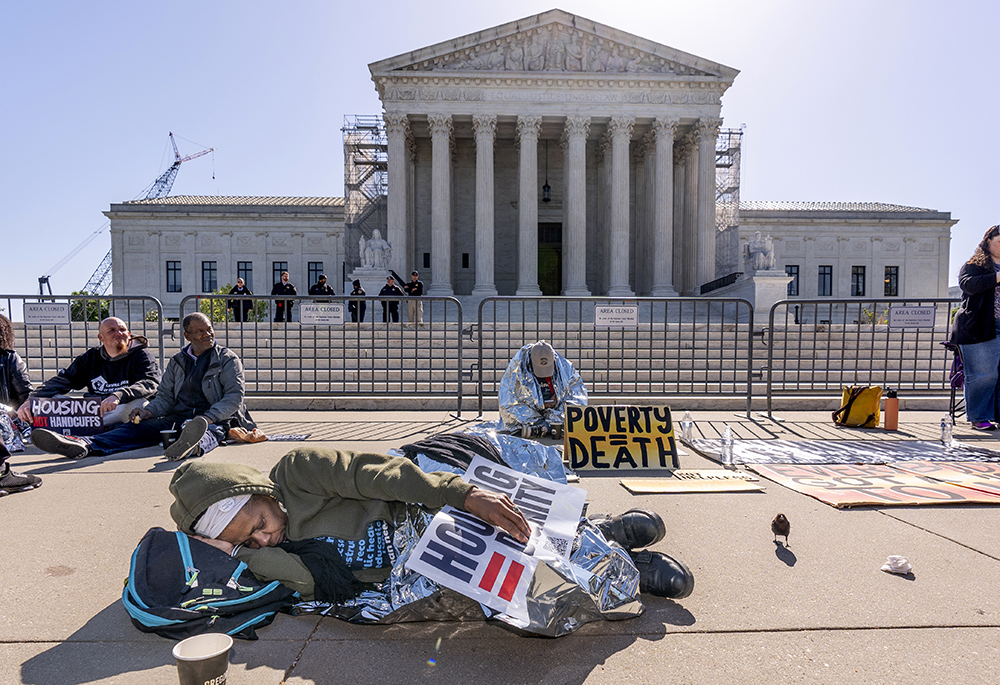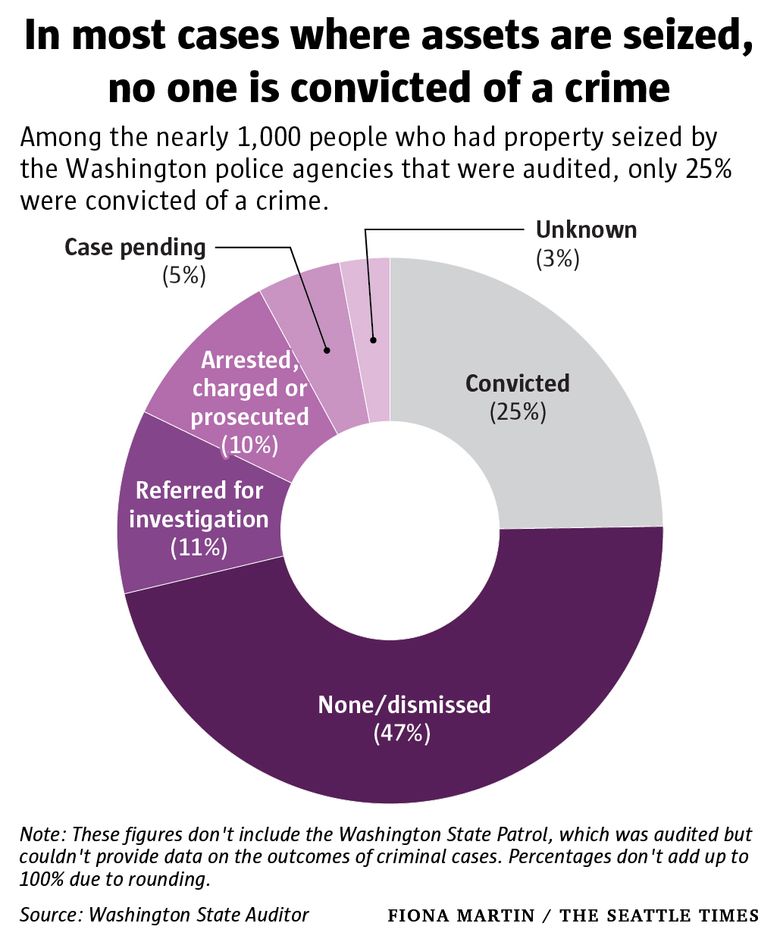
Spring and summer approach. Warmer temperatures and more sunlight are great reasons to tint your car windows. Dark tinted windows can indeed help keep a car cooler in the summer by reducing heat from the sun. However, in many states – including Washington – there are legal limits on how dark you can tint your windows. It’s crucial to be aware of these regulations to avoid fines, searches, seizures and possible arrests.
WHAT ARE THE FEDERAL WINDOW TINTING LIMITS?
The Federal Motor Vehicle Safety Standards limit window tint to 70 percent transmission (the percent of light that passes through a window) for “glazing areas requisite for driving visibility.” And which glazing areas are requisite? Generally, it’s the windshield and the front windows. When you buy a new car, that’s the rule vehicle sellers have to follow. Practically speaking, all windows in new vehicles have some reduction in light transmission. This small amount of tint helps to reduce glare and UV exposure. If you take a close look at your windows, you’ll notice a slight reduction in light compared to having your window open.
The federal rules apply to businesses that sell and repair vehicles, but not to individual car owners. That’s covered by state laws, and they vary from state to state. No state allows tinting of the windshield lower than the federal standard. Front windows range from no additional tint to as dark as 20 percent transmission, and in some states there’s no limit to how dark you can tint your rear windows.
WHAT IS THE WINDOW TINT LIMIT IN WASHINGTON STATE?
In Washington, the transmission limit is 24 percent for all windows (except the windshield, of course). At that tint level you might not be able to see a driver’s face. It depends on where you, the sun and the driver are, in relation to each other. Given the limited number of ways that road users can communicate with each other, being able to see and acknowledge each other is important. Go too dark with your tint and you give that up. A driver might not even notice the problem because they can see other drivers, cyclists and pedestrians. But those people can’t see the person behind the dark window tint.
IS IT A CRIME OR TRAFFIC INFRACTION TO DRIVE WITH WINDOWS TINTED TOO DARK?
A person is guilty of Unlawful Installation of Safety Glazing or Film Sunscreening Material if he or she knowingly installs safety glazing or film sunscreening material in violation of RCW 46.37.430. The fine for driving with illegal window tint in Washington is typically around $136. Law enforcement may require your vehicle to undergo a window tint inspection. If your vehicle fails the inspection, you may need to remove the illegal tint. Fortunately, Washington law allows for medical exemptions for window tint, meaning a doctor’s note can allow for darker tint if deemed necessary.
CAN POLICE PULL OVER MOTORISTS AND INITIATE A SEARCH IF VEHICLE WINDOWS ARE TOO DARK?
No. By itself, police lack probable cause to search your vehicle and/or arrest you for a crime if you are pulled over for having dark window tints. They would need to observe something illegal, secondary to the tint, to search your car. Other factors, like furtive movements, nervousness, or the odor of marijuana, would need to be present to establish probable cause.
Please review my Search and Seizure Legal Guide and contact my office if you, a friend or family member are charged with a crime after being pulled over for darkly-tinted windows. Hiring an effective and competent defense attorney is the first and best step toward justice.















